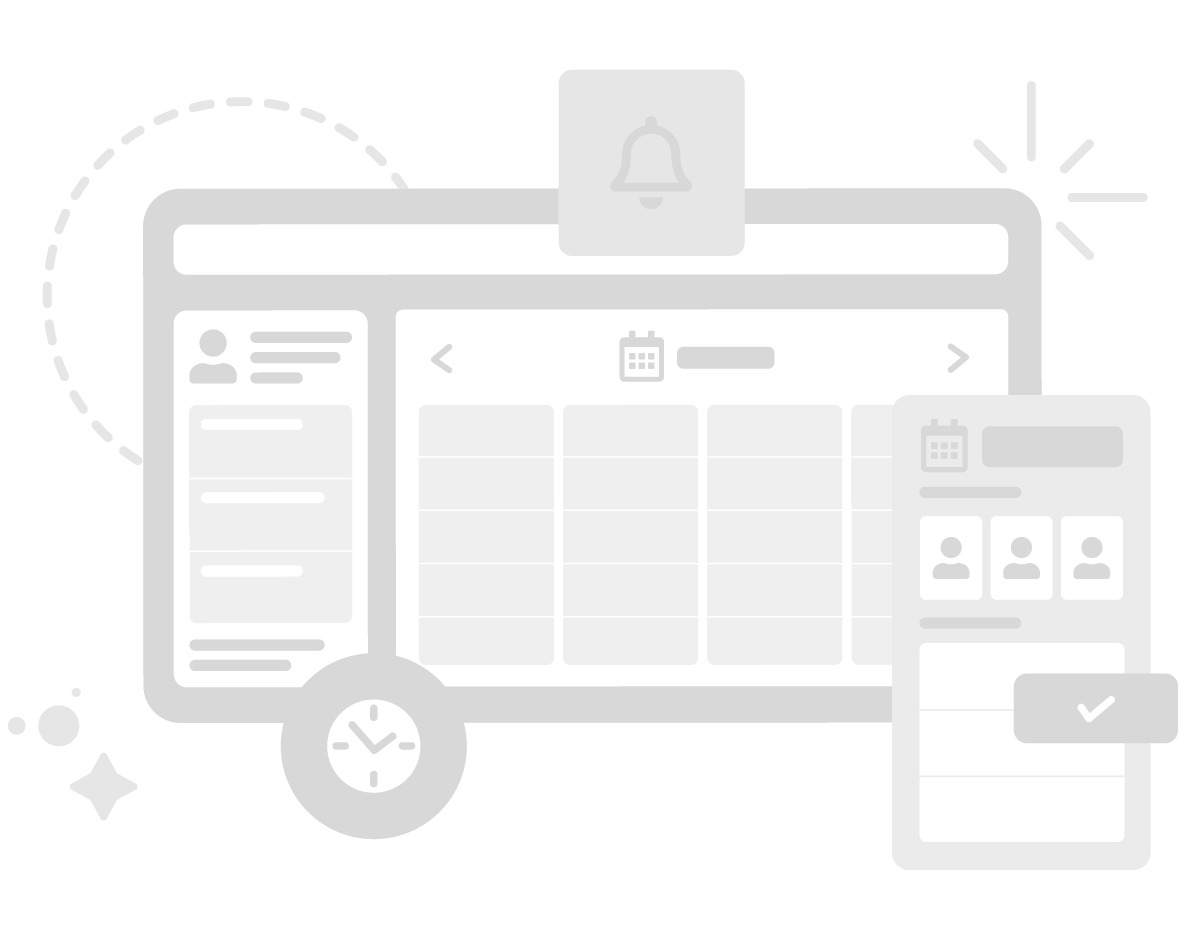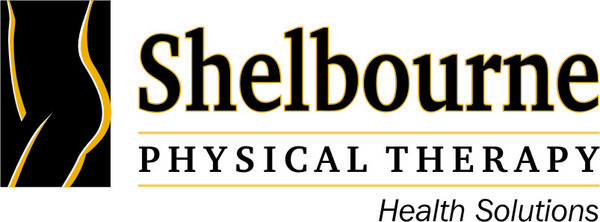Jen was born and raised on the island and has always enjoyed an active lifestyle. She found that practising Pilates made one of the biggest differences in her body. Because of Jen’s love for Pilates she went on to get certified as a mat Pilates instructor to deepen her knowledge of this movement. Since then, she continued her studies and became certified as a Yoga instructor, Barre instructor, Pilates Reformer Instructor and has obtained her Clinical Pilates approval. Jen feels strongly that the key to a healthy lifestyle is to stay active and keep moving.
Jen was born and raised on the island and has always enjoyed an active lifestyle. She found that ...
Read More
I started in the fitness industry in 1998 , working in a community center helping kids get into shape. It was here that I decided that this was the profession for me. After completing a diploma in Fitness and Health Promotion, I started work as a personal trainer in Toronto, Canada. For close to 10 years I helped people achieve their goals while constantly improving my own knowledge base through countless workshops and seminars. In 2002 I began expanding my repertoire by teaching group exercise classes. I started accumulating certifications and began teaching everything from indoor cycling to Pilates. I also spent my free time volunteering as a hockey coach and training with the Canadian Armed Forces. In 2007 I decided to change my scenery, and accepted a job offer working aboard The World as The Senior Fitness Instructor. In March of 2011 I resigned from the World after 4 fantastic years and returned to Toronto to continue in the Industry that I love, personal training and leading group exercise classes. In December of 2016, I moved to Victoria where I live and work presently. Continuing in wellness, more recently my focus is directed at Yoga, Pilates and smart sustainable exercise.
Specialties:
Fitness Consultant (CSEP)
Personal Trainer (Can-Fit-Pro)
Pilates Instructor (Stott Pilates)
Indoor Cycling Instructor
(Schwinn)
Yoga Instructor (Source of Yoga, Yoga Alliance)
First Aid and CPR (Red Cross)
PADI Dive Master
I started in the fitness industry in 1998 , working in a community center helping kids get into s...
Read More
Maggie’s exploration into Pilates began in 2004 when she signed up for her first Pilates Mat class. She expanded her personal Pilates practice by taking Pilates Equipment classes and saw how the benefits of specialized Pilates equipment could help her achieve her fitness goals in ways that other movement modalities had not been able to do. The next step in her Pilate’s journey was clear; she trained in Victoria and became a Certified Pilates Instructor in 2005.
Maggie is passionate about helping people reduce pain in their bodies and move with confidence in their daily activities. Pilates can play a fundamental role in retraining the body’s movement patterns and allows for a more mindful connection when it comes to any physical activity. Maggie’s thoughtful and compassionate approach to teaching Pilates has allowed her clients to not only regain control of their bodies but she has seen first-hand how clients feel invigorated and empowered when they are given the right tools to reclaim agency in their own lives.
Maggie has continued her formal training with Balanced Body, a globally accredited Pilates education program. She recently completed her MELT Method Hand and Foot Certification. She has pursued her interests in movement and physiology through a variety of certifications offered through the Fascia Hub and Anatomy Trains which offers professional development courses for manual therapists and movement practitioners.
Maggie’s exploration into Pilates began in 2004 when she signed up for her first Pilates Mat clas...
Read More
Kelsey graduated from the University of Victoria in 2014 with a Bachelor of Science in Kinesiology. In 2019, she worked as a Kinesiologist at a neurological physiotherapy clinic, which gave her valuable insight into the intricacies of the nervous system and how to adapt exercises to facilitate proper movement.
Kelsey started teaching Pilates because she believes that mindful movement is a key component to living a healthy lifestyle. She believes anybody can incorporate exercise into their life with the right guidance.
Kelsey graduated from the University of Victoria in 2014 with a Bachelor of Science in Kinesiolog...
Read More
Chantelle Shah-Poulin is a woman of Vancouver Island, born and raised, spending the majority of her years here in Victoria since 1990. In 2005 she sustained injuries from two car accidents both within close proximity to one another and these were the incidents that led her to discover Pilates. She started her road to recovery at Shelbourne Physiotherapy and began rehabilitation treatment along with Mat & Reformer Pilates classes.
She soon realized the true benefits of the Pilates exercises and the breathing techniques and how they improved her overall quality of life by aiding in the healing of her body, building strength and speeding up recovery.
This experience was the foundation of her teaching career as her interest and passion for movement had only just blossomed. Curious to try other movement practices she added a Yoga practice to her Pilates routine. In 2010 she became a Yoga instructor and continued advanced studies in Costa Rica acquiring RYT-500 accreditation. Chantelle has come full circle in her teaching career with becoming a Barre instructor, Health and Fitness coach and certified Pilates Mat and Reformer instructor.
Chantelle is a professional multidisciplinary movement teacher. For over a decade now she has been immersed in trainings and has over 3000hrs teaching experience. Her love for the practice of Pilates shines through in her teachings as her classes are fun, creatively sequenced and balanced. In a class with Chantelle you can expect clear coaching with a focus on safety and functional movement. Chantelle really provides the care and attention that you want in an instructor.
Chantelle Shah-Poulin is a Certified Mat and Reformer Pilates Instructor and practices at our main Victoria Physiotherapy, Kinesiology, Pilates & Massage Therapy Clinic located at 3200 Shelbourne Street #200, Victoria, B.C., V8P 5G8
Chantelle is accepting new clients. To book an appointment with Chantelle please call Pilates Rehabilitation Coordinators Kimberley Holmes or Kelsey Kowalchuk at 250-598-9828 extension 2 or email pilates@shelbournephysio.ca
Chantelle Shah-Poulin is a woman of Vancouver Island, born and raised, spending the majority of h...
Read More
Thea moved to the island in 2019 to pursue her yoga teacher training in Tofino. Falling in love with the island lifestyle, she decided to move to Victoria.
She holds a diploma in nutrition and is currently a third year business student. She has an active background, growing up she figure skated competitively in Southern Alberta. She is recently STOTT trained in Mat and Reformer and is currently working towards her certifications. She is very grateful to have discovered Pilates and the benefits that the intentional movements and breathing provide. She is excited to begin her teaching career with such a welcoming, family-oriented clinic under caring and knowledgeable mentors!
Thea moved to the island in 2019 to pursue her yoga teacher training in Tofino. Falling in love w...
Read More

